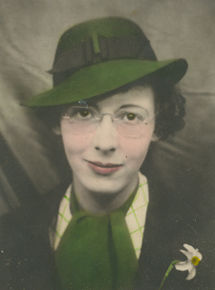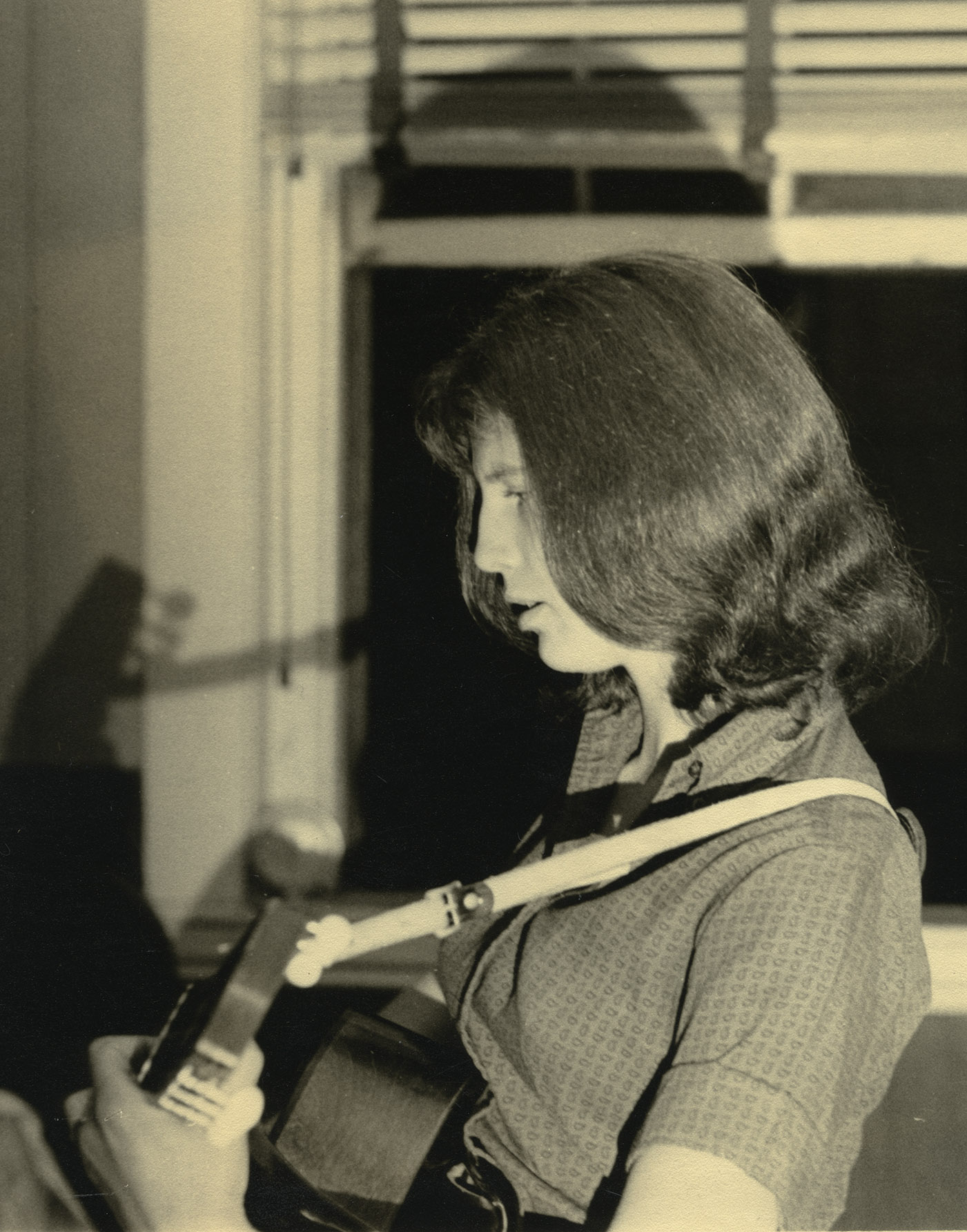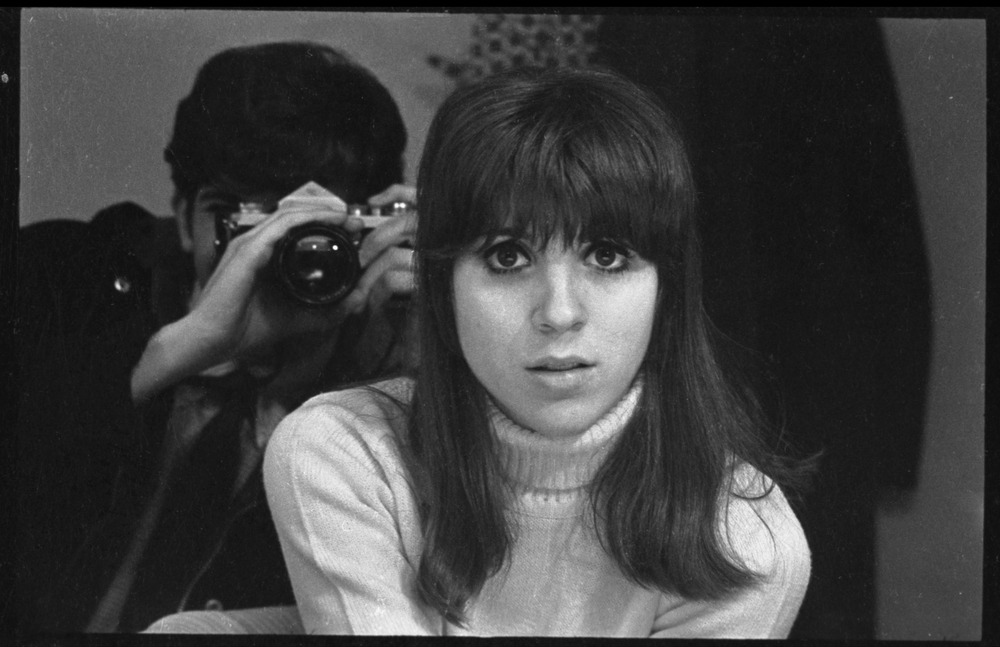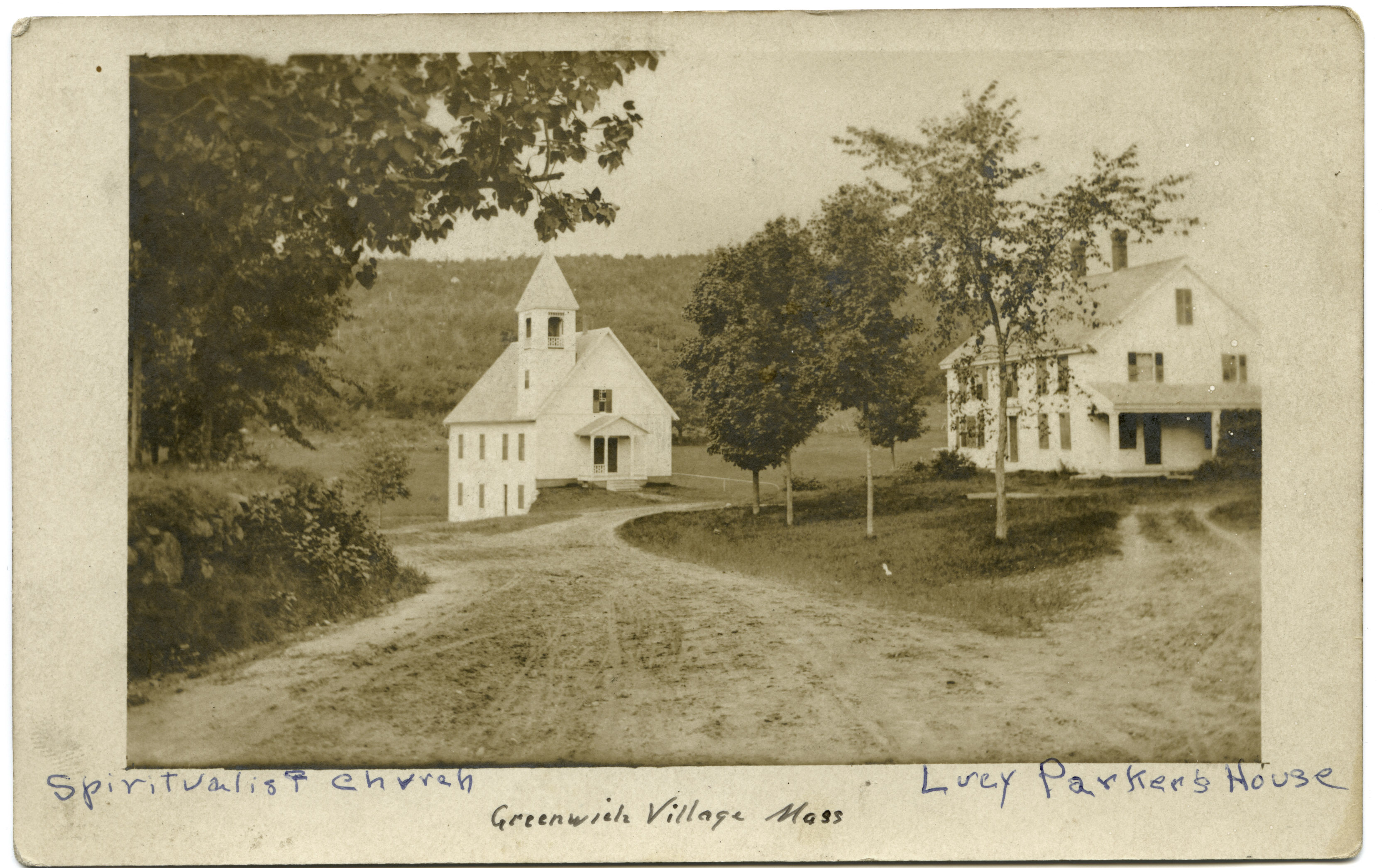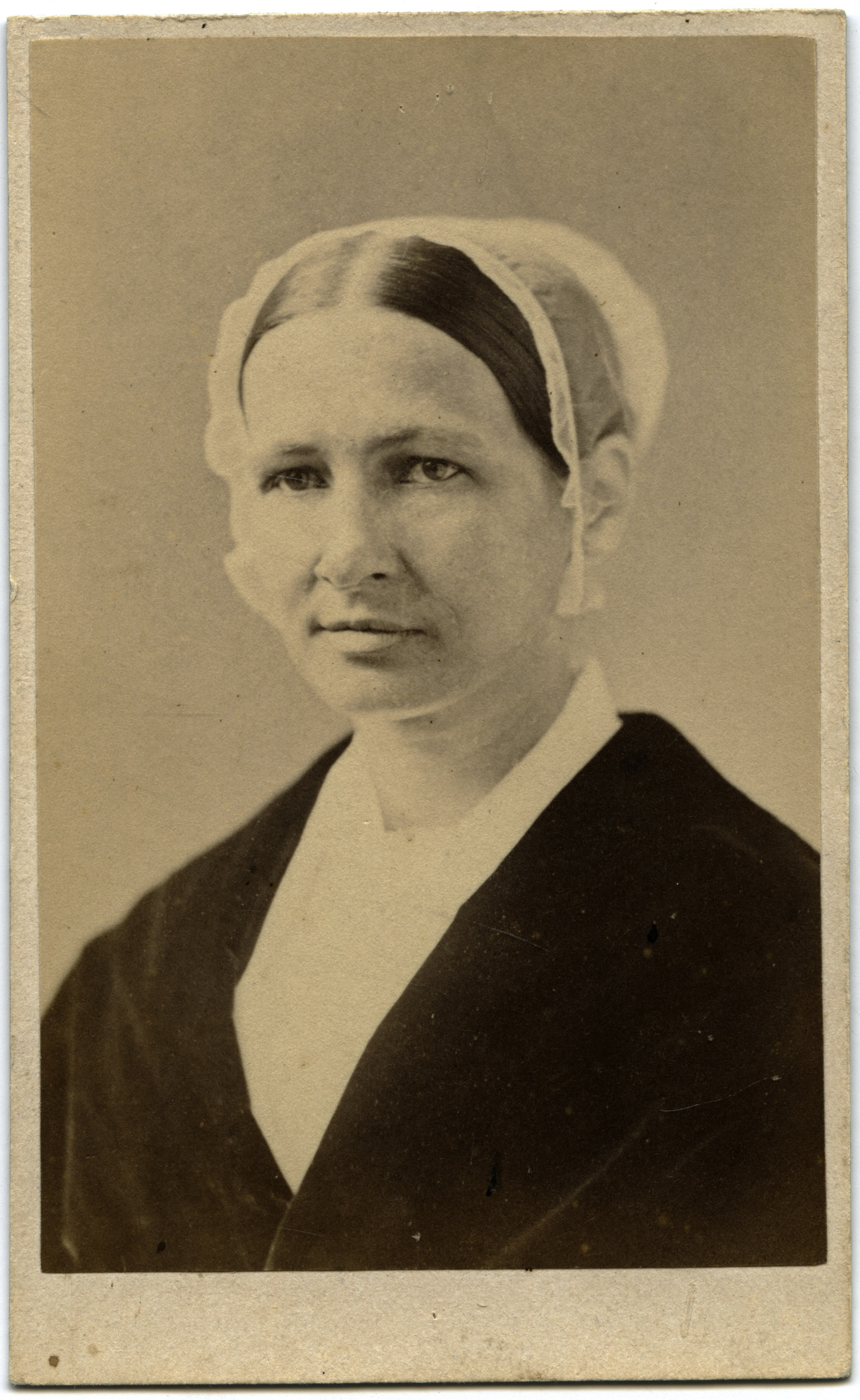SEIU Local 925 (Tufts University) Records
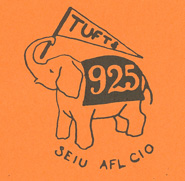
In October 1978 a group of clerical workers at Tufts united in an effort to organize their coworkers with Local 925, S.E.I.U. Isolated and scattered across campus, the clerical employees at the university greeted this call to unionize with support, hoping it would mean an improvement in salaries and in grievance procedures. By the summer of the following year, 60% of eligible employees signed authorization cards, more than required to vote on the issue, and an election early that fall was expected. Tufts administration, however, delayed the election by disputing the composition of the bargaining unit. Formal hearings took place from September through the end of the year, but instead of resolving the case, the Boston Labor Board referred it to Washington on January 25, 1980. Nine months later the election was finally held, but the results were not what were anticipated more than a year earlier. Rather than an easy victory to unionize, the majority of clerical staff at Tufts voted not to make Local 925 their exclusive bargaining representative. The administration’s anti-union campaign waged throughout 1979 and 1980 had a tremendous impact on the employees at the university, and a number of concessions made on wages, health insurance, and vacations further eroded support for organizing with Local 925.
The collection documents the efforts of Tufts clerical workers to unionize during 1978-1980. The group’s biweekly newsletter, Inside Tufts, written by the university’s employees and published by Local 925, offers an important behind-the-scenes look on two fronts: the issues and grievances of the clerical staff at Tufts and the reasons behind their decision to unionize. Materials relating to the efforts of other Boston-area institutions, in particular colleges and universities, are also included.


